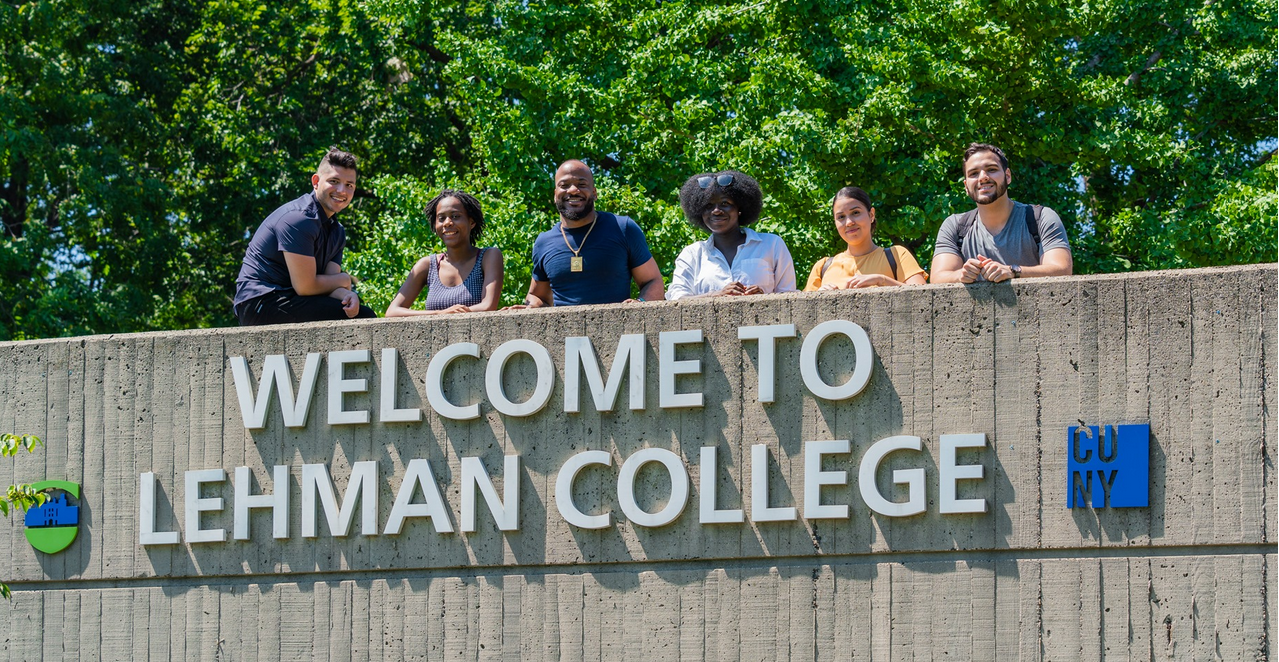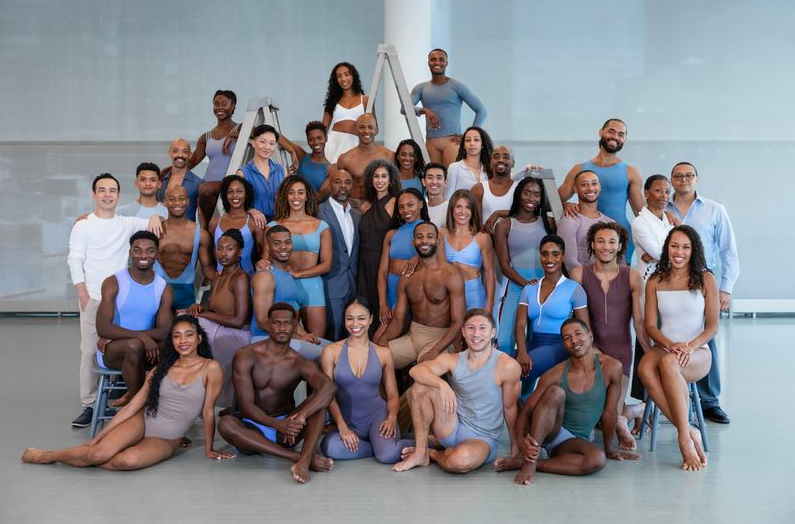Mayor Bill de Blasio
We just had a wonderful tour. I was joined by our Speaker, Melissa Mark-Viverito, and a number of our colleagues, visiting South Side Design & Building – a great, great example here of the work that’s being done to not just protect industrial manufacturing jobs, but to continue to build out this crucial part of our economy.
So, it is a beautiful day, and it is a very life-affirming day to see the new look of industrial and manufacturing employment in this city. And this is the beginning of a new phase in the work that my administration is doing, in close partnership with the City Council, to build upon these successes and really secure our industrial and manufacturing base for the future.
And I will say it at the outset, and I will say it in the course of this discussion – part of what’s so exciting about this initiative is this is about good jobs. From time to time, you may have heard me talk about income inequality. You may have heard me talk about the tale of two cities – just once or twice. This is one of the antidotes – quality jobs, good paying jobs – the kind of jobs that someone could actually take care of a family with. And that’s what we’re seeing in this building behind us today, and that’s what we intend to foster all over the city.
We saw in this building small firms doing great work, cutting-edge work, work that connects to the extraordinary economy of New York City and the metropolitan area.
Part of the secret of the success here is the work that is being done feeds a huge economy in New York City and the metropolitan area with the kind of products that can only be provided here, locally, with high-quality craftsmen and craftswomen doing work that clients need in real-time. It can only be done in a place like this.
We see the innovation, the creativity, the ingenuity at work here – all classic New York City traits. And we’ve seen the concept of “Made in New York City” come to life today, and we look forward to many more examples like this.
I want to acknowledge before going forward a number of folks who deserve a lot of praise, starting with our hosts today, Brian Coleman and Cassandra Smith, of the Greenpoint MDC. GMDC Properties are literally a national model for modern manufacturing in urban communities, and their excellent efforts are paying off.
I want to thank our host at South Side Design & Building, Sam Morse, who told us the story of the work that they’ve been doing, and how all of their employees are well paid, all of their employees are from the five boroughs – which is exactly what we want to see.
I want to thank the members of my administration who are here, who worked very hard on this new policy – of course, our Deputy Mayor for Housing and Economic Development, Alicia Glen; City Planning Chair Carl Weisbrod; the President of the Economic Development Corporation, Maria Torres-Springer; our Deputy Commissioner of Small Business Services, Greg Bishop; and our Director of the Office of Environmental Remediation, Dan Walsh.
I want to thank the Deputy Borough President of Brooklyn, Diana Reyna – my former colleague from the Council. Thank you for joining us.
And, I have to tell you, this work has been going on for a substantial amount of time – a lot of hard work put in by advocates, by service providers, environmental organizations. A lot of people cared deeply about getting manufacturing and industrial policy right.
Many, many people contributed to this product today – too many to name, but I do want to name the folks who are here today and thank them for being a part of this – Adam Friedman of the Pratt Center, David Ehrenberg of the Brooklyn Navy Yard, Carlo Scissura of the Brooklyn Chamber of Commerce, Ben Dalton of ANHD, Leah Archibald of Evergreen, and Liz Lusskin of the LI – Long Island City Partnership. Thank you to all of you.
What we saw in the building today – and this – this firm we visited has been in business since 2007 here. And they came over here because – a classic recent New York City story – their rent tripled where they were before in Williamsburg. And that story has become too common for industrial and manufacturing businesses. They are doing a good business, they’re paying good wages, but they get knocked out by the high cost of rent. And when you think about what this city needs – there’s many things we need. To make everything else work, we need good-paying jobs, so we have to always be able to find solutions for businesses that are ready, willing, and able to keep growing in New York City but need the right space.
This is something I know Speaker Mark-Viverito and all of our colleagues in the City Council care deeply about, because they’ve heard these stories from businesses, they’ve heard it from the folks employed by those businesses. Our team and the Council team have been very committed to getting this right.
And we have a commitment, in part, also because we know the history of this city. For centuries, our industrial and manufacturing base was part of what made New York City great. It was what made possible this open city, this city for people from everywhere and all backgrounds to come together and find economic opportunity, especially immigrants, and including many people who didn’t have the blessing of as much education as they might’ve liked, but they still were able to find a good, quality job.
We face today the same challenge. We’re working every day to make sure our young people get all the education that they look forward to. But we know there has to be a mix of jobs in any healthy economy, including for folks who don’t happen to have a college degree. And this is part of how we do it – by keeping our industrial and manufacturing base strong.
We also are sober about the fact the world has changed. Technology has changed things. Globalization has changed things. Manufacturing today looks very different than it did even just a few short decades ago. Today, you’re going to find a lot more 3-D printing shops than you’re going to find sugar refineries. It’s just a very different economy, but the imperative is the same – economic diversity and maximum opportunity for our people.
And we know that even with all these changes, our industrial sector is still crucial to the economy of New York City, employing more than half-a-million people – over 15 percent of our private sector workforce. So we have to protect this sector and build upon it.
And with our partners in the Council, we are proud to present today a ten-point plan to grow our manufacturing sector in every part of the city. And to look at and act upon the kinds of new imperatives we face – the new skills that need to be developed, the new technology that needs to be integrated, and the fact that there’s only so much land to go around and real pressure in terms of rents – and that’s crucial to how we’ve created a vision of protecting industrial spaces for the future – recognizing those challenges.
Our plan will generate more than 20,000 new jobs over the next ten years – 20,000 new jobs over the next ten years – and will support the jobs that exist already today.
Today we’re announcing $115 million dollars in new investments, building upon the $400 million dollars already at work that has been previously announced – and that work is already paying off, creating new spaces for jobs at places like the Brooklyn Navy Yard and the Brooklyn Army Terminal, and allowing us to support businesses in their growth with a lot of tailored services and support.
That $400 million dollars already at work – we’re adding $115 million more – and what’s it going to allow us to do? First, it’s going to allow us to strengthen our Industrial Business Zones, protecting them from falling prey to a hot real estate market.
Again, we know what happens when protections aren’t in place. You can just go a short ways away to Williamsburg and see what happens. In the space of just a few years, businesses supporting thousands of jobs were lost to developers. And what happened in the place was we saw luxury housing, we saw hotels; we didn’t see those businesses get a space in that community to replace them – they had to look elsewhere. We have to stop that kind of undermining of our industrial businesses, and this plan will end that negative trend.
Because of this plan, Industrial Business Zones will remain and must remain havens for job-creating industrial businesses. It’s as simple as that.






